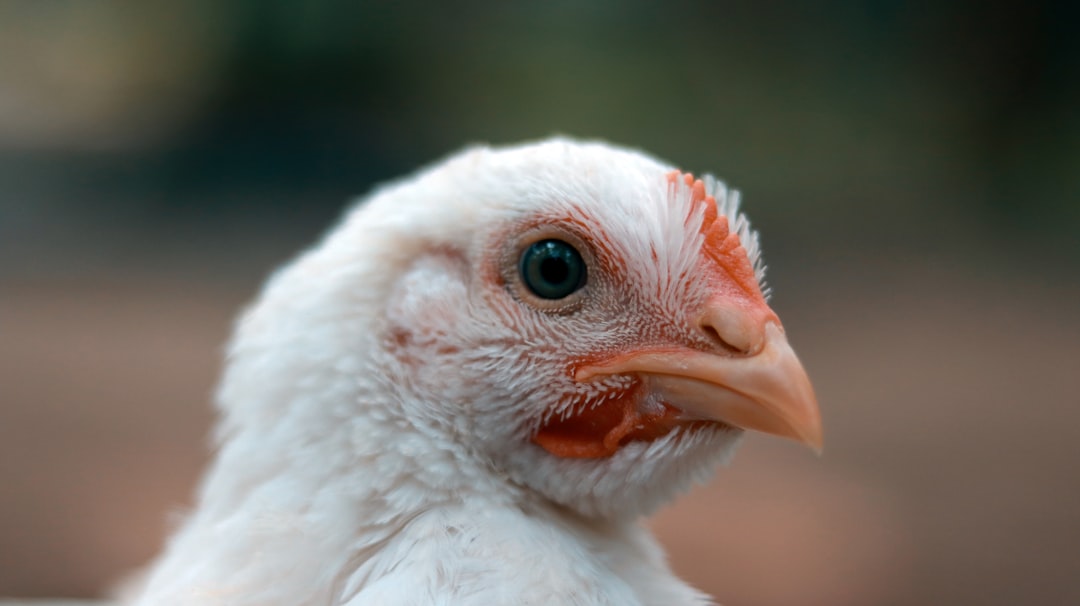What is it about?
Like people, species have lifespans: they originate at some time, get older, and eventually go extinct. Is the aging process in species anything like that in people, where the risk of death (or extinction) changes as they age? And if so, how, and why? Our new work shows that a simple and well-known model in ecology, known as neutral theory, can account for the “lifespans” or durations of species in the fossil record. The key to neutral theory is that it assumes species are identical in their capacities for survival and reproduction (hence neutral), and that they compete with each other in a zero-sum fashion: species are all vying for a slice of the same pie. Applying this theory to the aging process in species, we find that species either go extinct or expand from small initial population size to become less vulnerable to extinction, but they are always susceptible to being replaced by their competitors. This theoretical model provides exceptional fit to an empirical dataset of species durations of fossil plankton, yields insights into the structure of ancient ecosystems, and shows the significance of competition in structuring biodiversity.
Featured Image

Photo by Marek Okon on Unsplash
Why is it important?
Early investigations suggested that extinction risk was independent of species age. That result suggested that adaptation does not protect species against extinction because each species’ competitors are constantly adapting alongside them. More recent analyses, however, suggest that younger species are generally at greater risk of extinction. Our new model captures this newer finding of age-dependent extinction while nevertheless emphasizing the fundamental importance of zero-sum competition in explaining extinction, as in the older theory.
Read the Original
This page is a summary of: Age-dependent extinction and the neutral theory of biodiversity, Proceedings of the National Academy of Sciences, December 2023, Proceedings of the National Academy of Sciences,
DOI: 10.1073/pnas.2307629121.
You can read the full text:
Contributors
The following have contributed to this page










